Exit strategy: Assemble to transform the entrance to Seven Sisters station
Turner Prize-nominees Assemble are ready to set up shop at London's Seven Sisters station ahead of their nine-month-long rejuvenation of the site
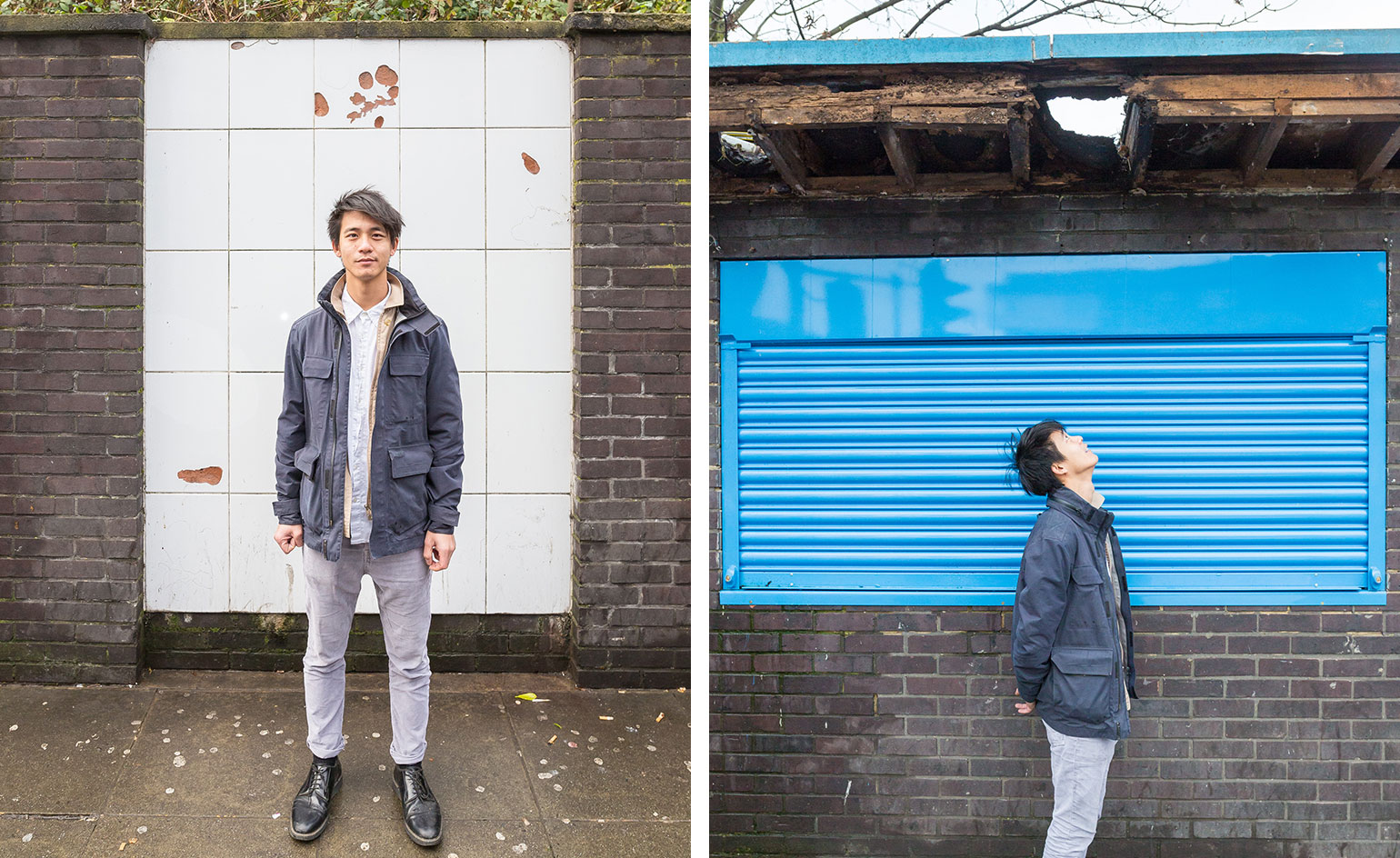
Turner Prize-nominees Assemble – the 2010-established architecture and design collective responsible for a host of community-minded projects – are gearing up to unleash their creativity on Seven Sisters tube station entrance.
Made up of 18 artists and designers (rather than licensed architects), Assemble's forward-thinking, human-centric style of practicing architecture has given birth to an unbelievable array of groundbreaking projects including a cinema in an abandoned petrol station, a Brutalist Playground at the RIBA, and the Turner Prize-nominated transformation of a derelict Liverpool housing estate.
In Seven Sisters, the collective's mission is to, over the course of nine months, rejuvenate the station's unwelcoming above-ground entrance, Exit B, which has previously had problems with anti-social behaviour. Hinting at what's to come, the group say they will take inspiration from subterranean geology to inform their above ground interventions.
'We started the project by looking into the archives, and watching a fantastic BBC documentary on the making of the Victoria Line,' says Assemble's Matthew Leung and Amica Dall of the project's conception. 'It made us realise how indifferent we had become to travelling underground. You almost don't realise it when you are going when you go down the steps from the street. From this, we started explore the environment around the entrance from Seven Sisters road, and started to think about making an installation there which brings the wildness and abundance of the sidings down, over the retaining wall into the entrance.'
Set to launch early next year, the project's early stages will see the collective set up a base in a disused shop at the station entrance where they will carry out an initial period of research, production and experimentation. This, they hope, will involve a survey of local wildlife and tile making experiments – not only by ceramicists but also station staff and local residents.
The experimentation will culminate in a final design for a permanent 'joyful intervention' at Exit B that will sit at the intersection of art, architecture and design. 'We’re excited by the opportunity it presents to experiment with material processes, play with the classic form of the Tube tile and adopt an incremental approach that builds on the existing character of the site,' the practice explains.
It's a quietly understated project that exemplifies Assemble's approach to immersive projects with a focus on strengthening community ties. 'We will be there, working on site, and hopefully some people that use the station regularly will start to develop a relationship with the project, and we hope perhaps join us in the fabrication,' they conclude. 'It'll offer a new site for shared or public activity – and we hope it’s one that will be continued after our short stay.'
The project comes under the umbrella of Transport for London's contemporary art initiative Art on the Underground, and specifically its Underline project – a series of commissions set to rejuvenate the Victoria line throughout 2015–16. Other commissioned artists include filmmaker Liam Gillick, who will present a series of short films shot on the tube, and composer Matt Rogers, who will create a piece of music to be performed live in stations by members of the London Sinfonietta during spring 2016. Giles Round will produce prototypes of functional objects that can be used on the tube and Brixton-based artist Zineb Sedira will close the project with a film and photographic series.
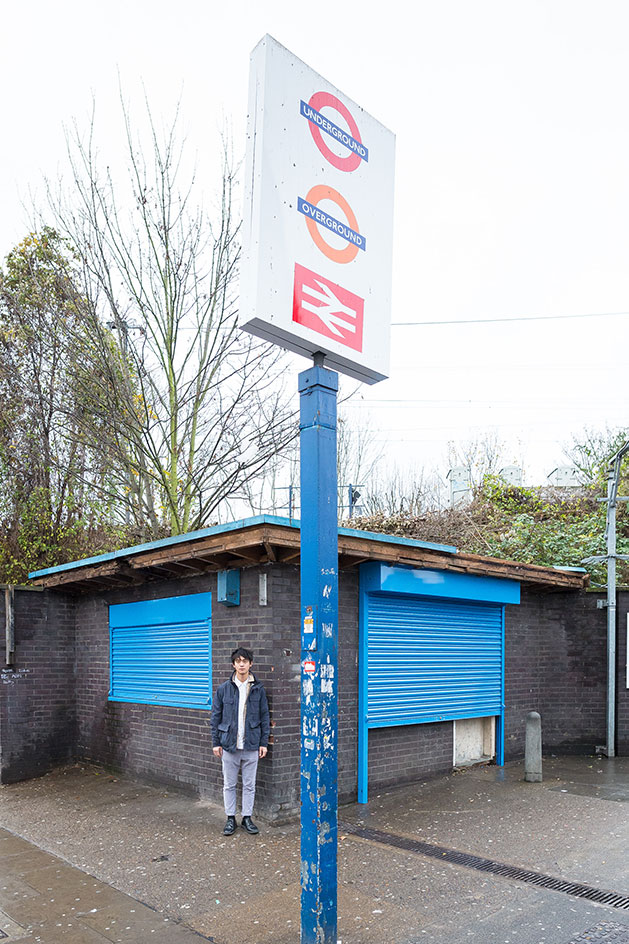
The project’s early stages will see the collective carry out an initial period of research, production and experimentation, using the shop as a creative base. This, they hope, will involve a survey of local wildlife and tile making experiments.
INFORMATION
For more information, visit Assemble's website.
Receive our daily digest of inspiration, escapism and design stories from around the world direct to your inbox.
Ali Morris is a UK-based editor, writer and creative consultant specialising in design, interiors and architecture. In her 16 years as a design writer, Ali has travelled the world, crafting articles about creative projects, products, places and people for titles such as Dezeen, Wallpaper* and Kinfolk.
-
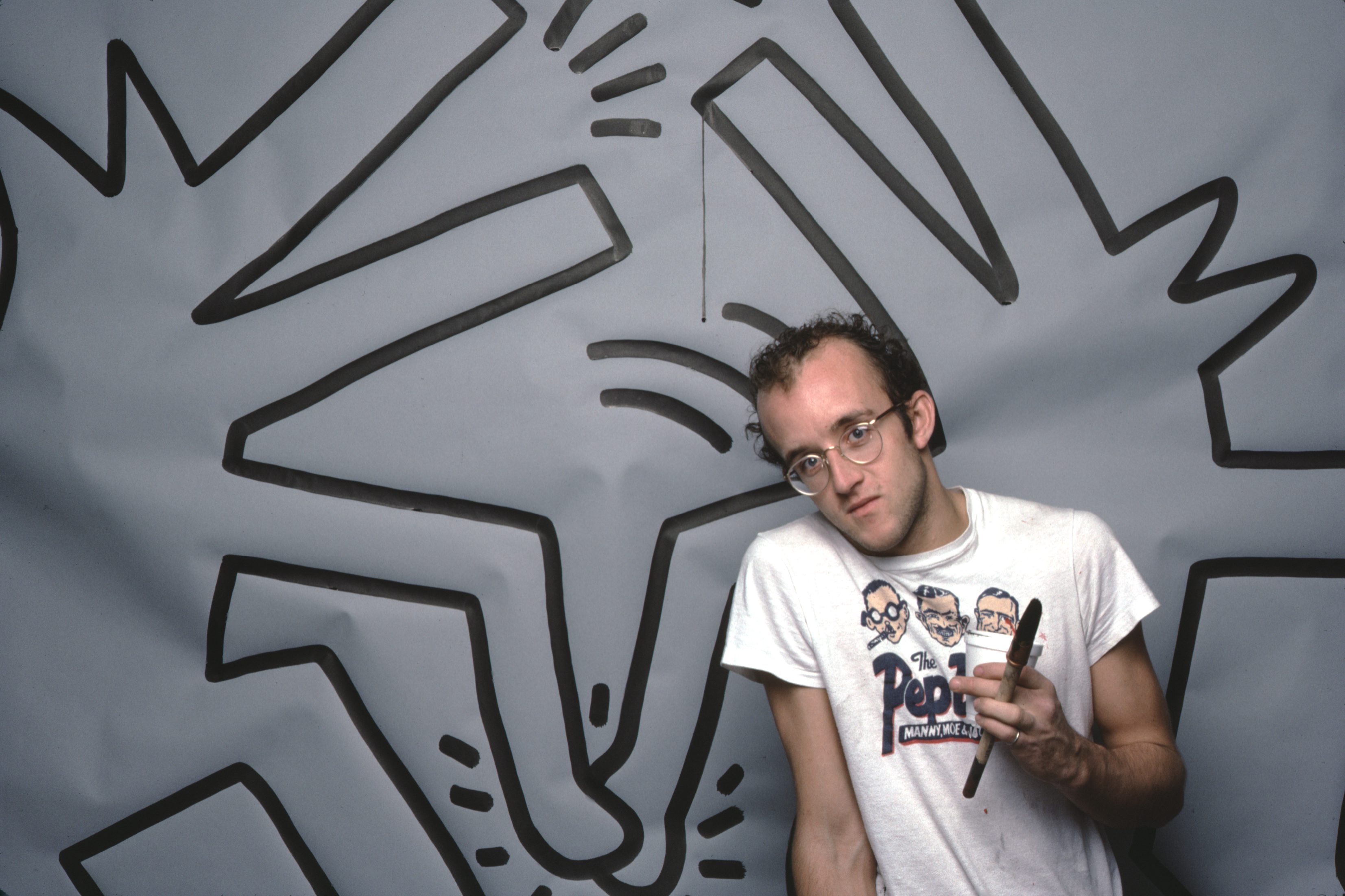 Modern masters: the ultimate guide to Keith Haring
Modern masters: the ultimate guide to Keith HaringKeith Haring's bold visual identity brought visibility to the marginalised
-
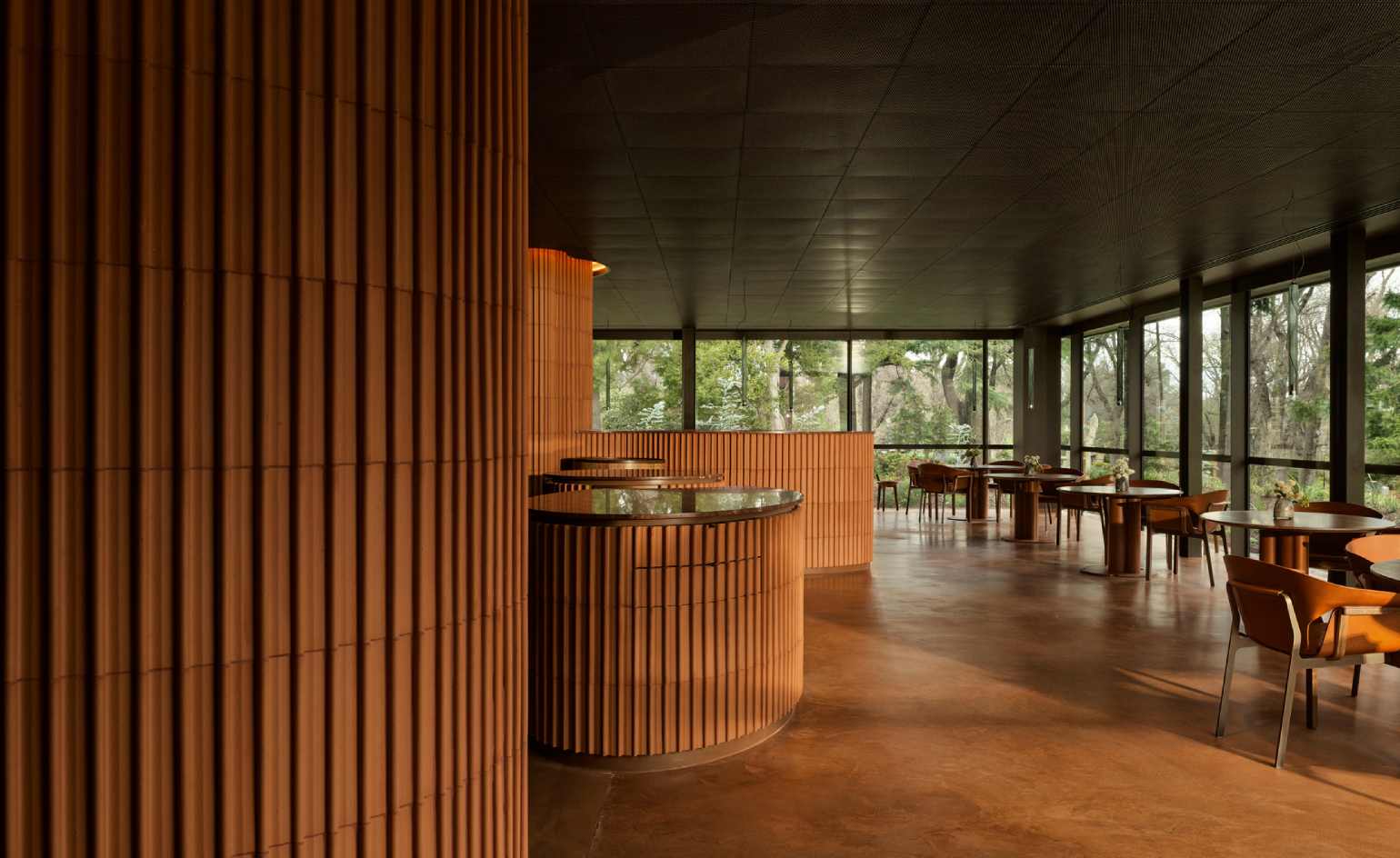 Discover a hidden culinary gem in Melbourne
Discover a hidden culinary gem in MelbourneTucked away in a central Melbourne park, wunderkind chef Hugh Allen’s first solo restaurant, Yiaga, takes diners on a journey of discovery
-
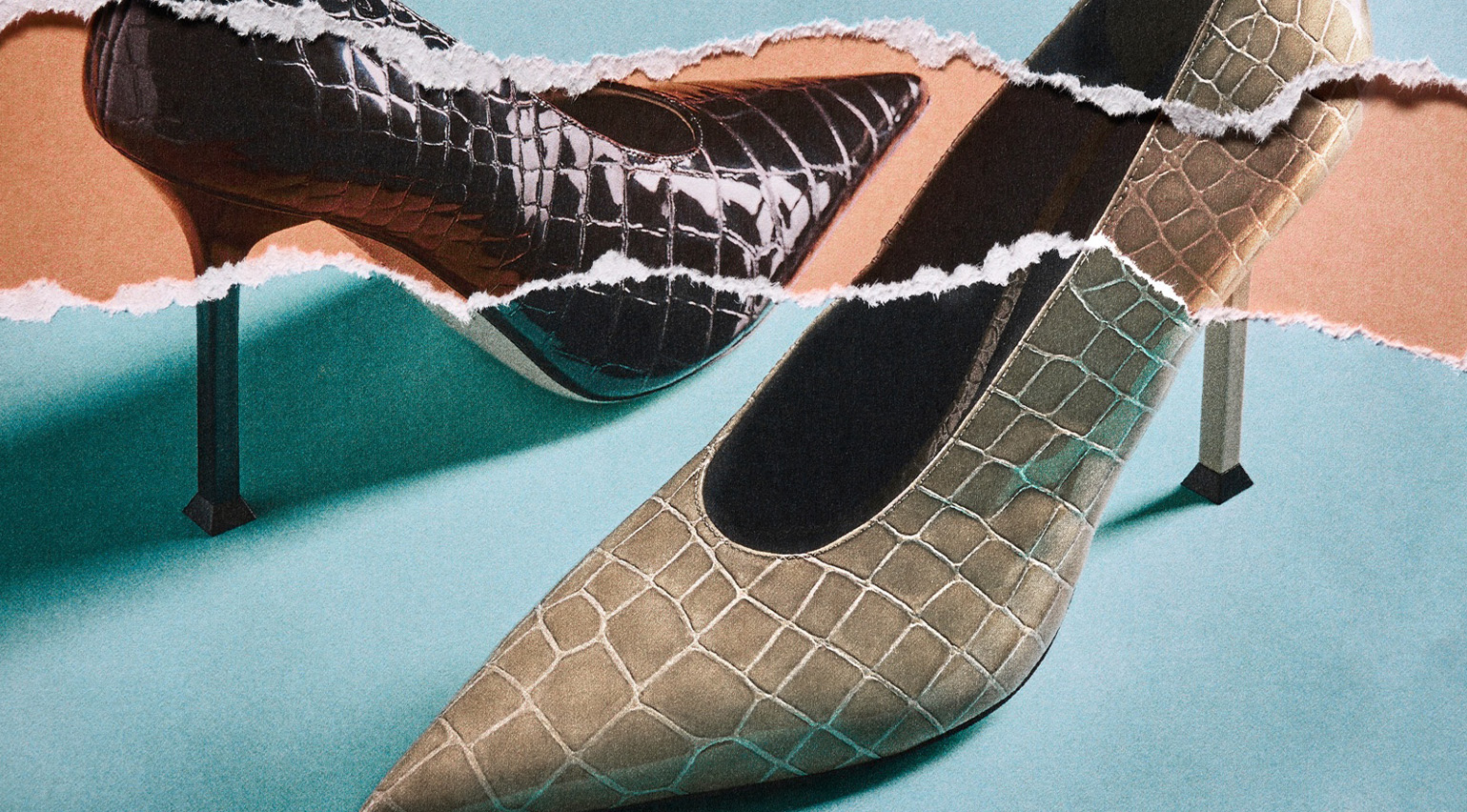 Nina Christen is the designer behind fashion’s favourite – and most playful – shoes
Nina Christen is the designer behind fashion’s favourite – and most playful – shoesShe’s created viral shoes for Loewe and Dior. Now, the Swiss designer is striking out with her own label, Christen